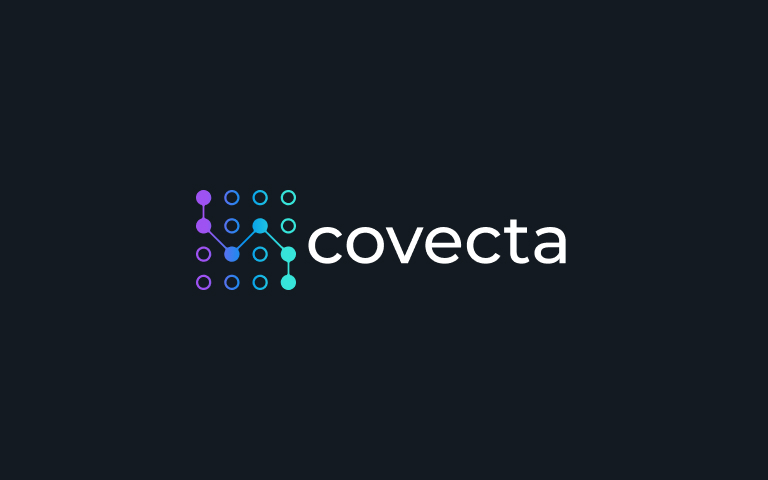AI and humans can work in harmony to transform tomorrow
The financial services sector is fast paced and standing still is not an option. Customer demands are continually increasing with financial institutions asking more from finite resources across the front to back office. On top of this, current economic conditions and the uncertain environment have made costs, efficiency and resilience a top priority for executives.
This is naturally applying pressure on operating models and increasing the focus on productivity, the consequence being that machines need to play an expanding role alongside humans in the workplace. Some will react cautiously to the reality of a machine supporting their job due to the fear of being replaced. The latter doesn’t need to be the case, and it shouldn’t be in our opinion. Instead, the relationship between machine and human is one to drive productivity within the workplace.
The key topic of discussion is therefore around the balance between replacing a human and augmenting a human’s activities, where the future of work is to have machines alongside humans. A true partnership that delivers innovation and growth.
McKinsey’s research in this space finds that 50% of tasks can be automated, however, only 5% of a role can be fully automated. Modern machine superpowers deliver fast and accurate computation, and have the ability to digest terabytes of data. Which is almost the opposite of the sought after human qualities such as empathy, emotional intelligence, creativity and critical thinking. 1 This further reinforces the opportunity and importance of embracing the evolution of machines.
This opportunity also allows for workplace harmony across machines and humans. Where humans can continue to focus on what we are great at; building relationships, bringing social awareness into our actions and making critical decisions. These skills are must haves in financial institutions. On the other side of the coin, machines can perform and focus elsewhere. Such as, ingesting and summarising large data sets, providing observations/analysis and automating workflows and actions. This creates a multiplier effect within a financial institution or workplace that has historically not been achieved.
Getting the strategy right on the above allows a financial institution to focus on what matters; the client engagement and outcome. In the context of front line teams within financial institutions this is; faster execution, building deeper relationships, tailored offerings and reducing risk. Today these roles are highly manual and one or more of these outcomes is typically not achieved. Dividing roles and responsibilities properly across machines and humans will change this tomorrow. The financial institutions that get this right will ultimately outperform their peers.
Source: 1. McKinsey, Forging the human–machine alliance
Join the waitlist today to learn more.






